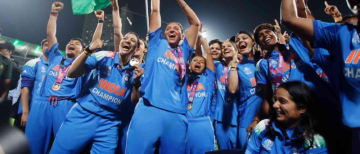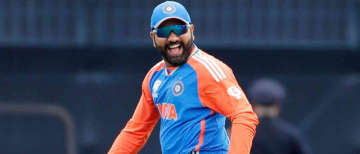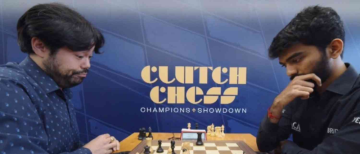Indian women’s cricket finally has its golden chapter. Under the fierce and unyielding leadership of Harmanpreet Kaur, the Indian women’s cricket team scripted a moment for the ages — defeating South Africa by 52 runs to lift their first-ever ICC Women’s ODI World Cup.
After the heartbreaks of 2005 and 2017, this victory was redemption — two decades of grit, heartbreak, and resurgence culminating in an evening where dreams and destiny aligned at the Dr DY Patil Sports Academy in Navi Mumbai.
The Board of Control for Cricket in India (BCCI) immediately announced a ₹51 crore cash reward for the team — a fitting tribute to a unit that redefined Indian women’s cricket forever.

A Historic Triumph Two Decades in the Making
This triumph in the 13th edition of the Women’s ODI World Cup elevates India into an elite club of champions — joining Australia (7 titles), England (4), and New Zealand (1).
For the women in blue, the victory was more than just a trophy — it was the culmination of years of near-misses, perseverance, and belief. After finishing runners-up in 2005 and 2017, Harmanpreet Kaur’s team finally broke the barrier that had long eluded Indian cricket.
Batting first after a two-hour rain delay, India posted a mammoth 298 for 7 — the second-highest total in Women’s World Cup final history — before bowling out South Africa for 246 in 45.3 overs, sealing the win in commanding fashion.
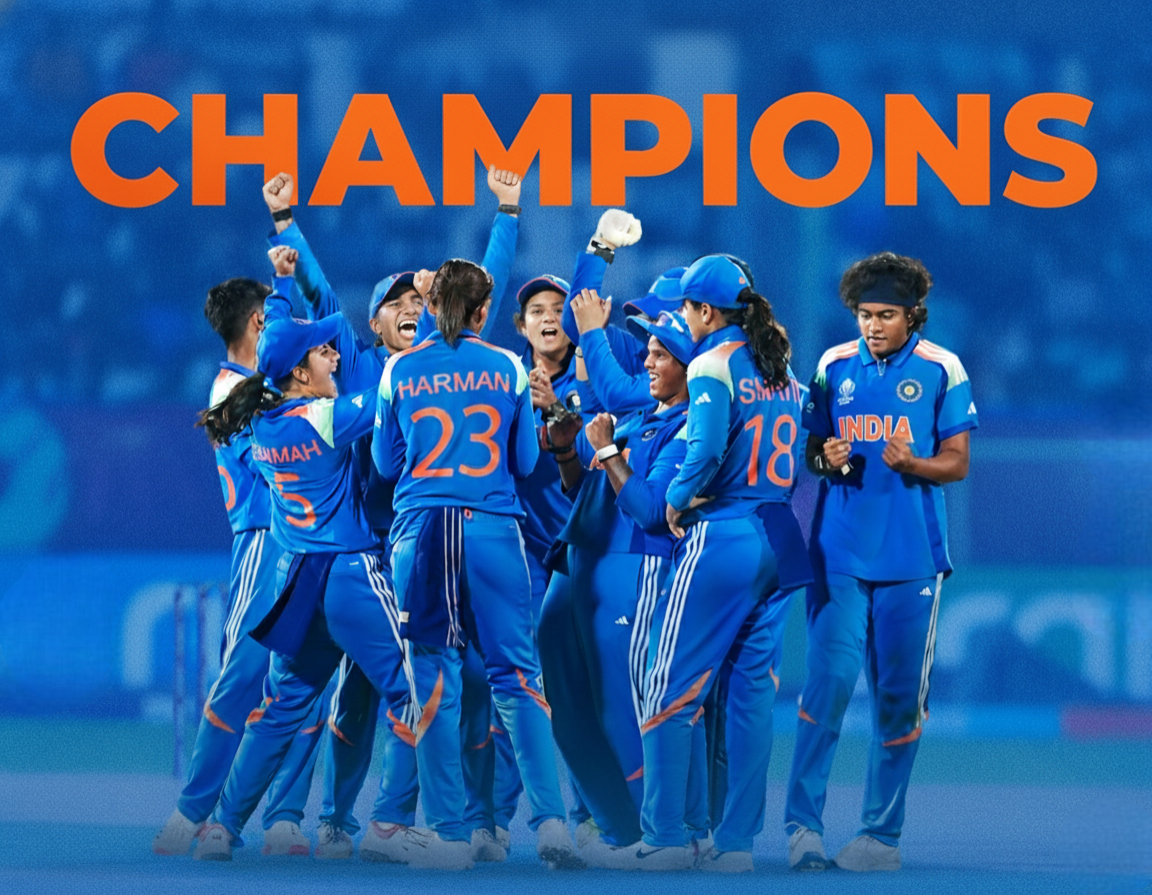
Deepti Sharma and Shafali Verma: The Architects of Glory
If India’s historic night had two shining stars, they were Deepti Sharma and Shafali Verma — both embodying two different yet complementary tales of redemption and brilliance.
-
Deepti Sharma: The Unflinching Workhorse
The ever-reliable Deepti Sharma, India’s all-round engine from Uttar Pradesh, was nothing short of sensational. Her five-wicket haul (5/39) in the final dismantled South Africa’s batting order, while her composed 55 off 60 balls earlier gave India the finishing flourish.
Deepti ended the tournament as the highest wicket-taker with 22 scalps at an average of 20.41, and also contributed 219 runs at an average of 36.50. Her consistency, discipline, and ability to rise on big occasions earned her the Player of the Tournament award.
-
Shafali Verma: The Comeback Queen
Then there was Shafali Verma, the 21-year-old dynamo from Haryana — once sidelined, now reborn. Drafted in as a replacement for injured Pratika Rawal, Shafali seized her chance with a blazing 87 off 78 balls in the final, setting the tone for India’s dominance.
Her all-round brilliance didn’t end there — she also took 2 for 36 in seven overs, earning the Player of the Match award. For a player who had been playing domestic cricket just weeks earlier, this was the comeback story of the year.
“I said at the start that God has sent me here to do something special. I just stayed calm and backed myself,” Shafali said after the final, her voice trembling with emotion.
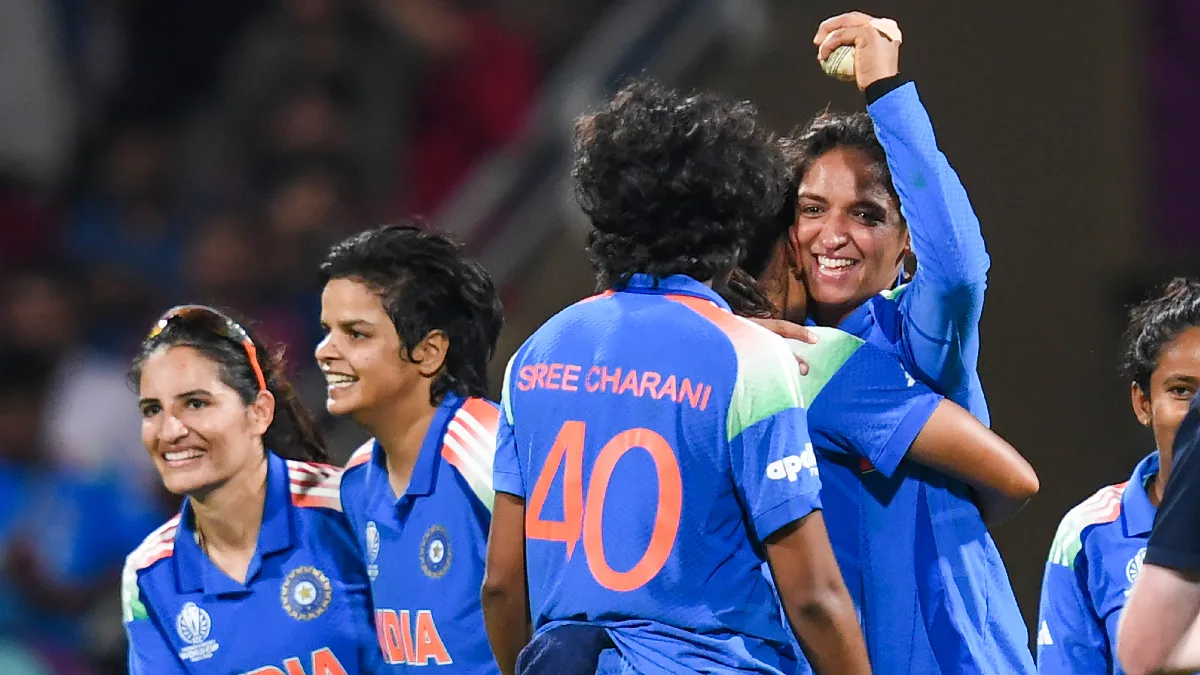
Smriti Mandhana: The Record-Setter
Opening alongside Shafali, Smriti Mandhana continued her dream run. Her fluent 45 off 52 balls may have fallen short of a half-century, but it capped off a record-breaking campaign.
With 434 runs at an average of 54.25, including a century and two fifties, Mandhana became the highest run-scorer by an Indian batter in Women’s World Cup history. Her elegance, composure, and leadership as vice-captain were integral to India’s success.
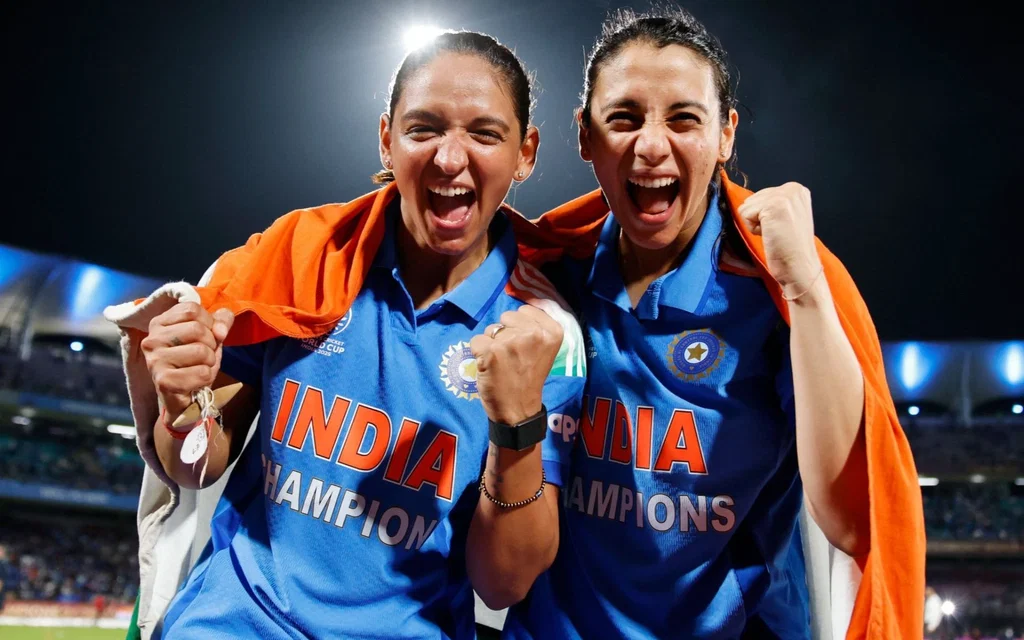
India’s Innings: Steady Start, Explosive Finish
After a delayed start due to rain, India’s openers Shafali Verma and Smriti Mandhana tore into South Africa’s new-ball attack, putting on a 104-run opening stand that set the tone for the innings.
When Mandhana departed, Jemimah Rodrigues (24) and Harmanpreet Kaur (17) kept the scoreboard ticking before Deepti Sharma and Richa Ghosh added valuable lower-order runs to push India close to 300.
Richa Ghosh, the fearless wicketkeeper-batter from Bengal, maintained a strike rate of 133.52, finishing with 257 runs in the tournament, the highest among finishers.
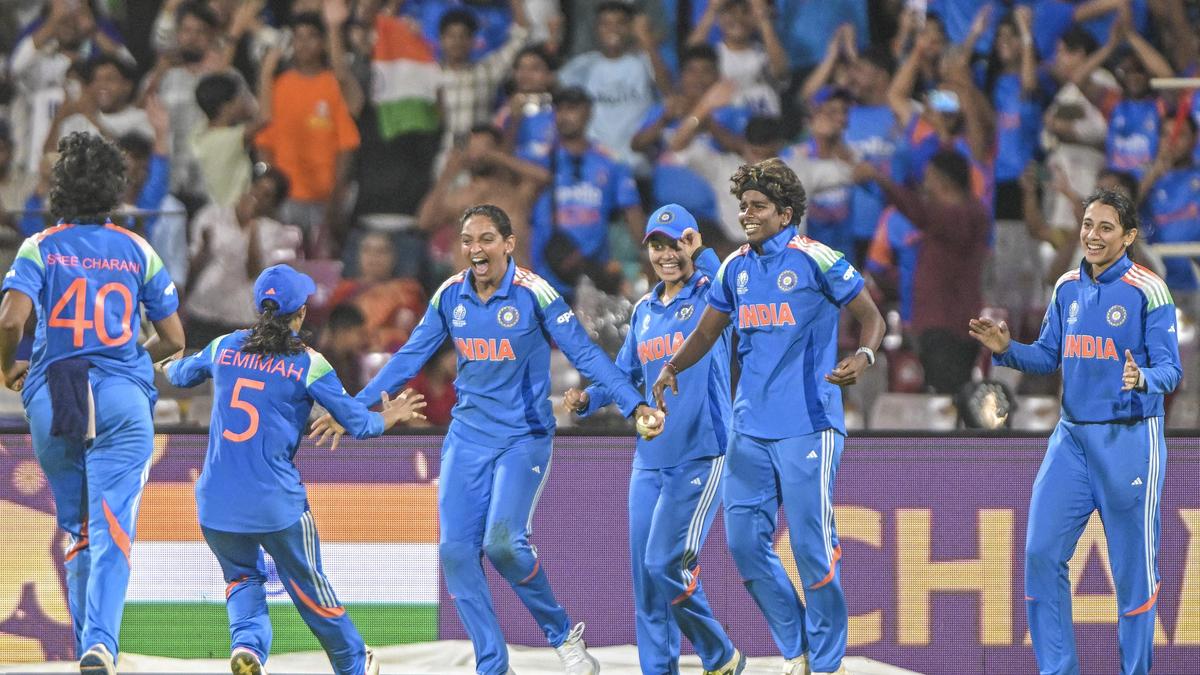
South Africa’s Resistance and India’s Bowling Brilliance
Chasing 299 for glory, South Africa began strongly. Openers Tazmin Brits (23) and Laura Wolvaardt added 51 runs before a sharp direct hit from Amanjot Kaur turned the tide.
Wolvaardt’s fighting century — a brilliant 101 off 98 balls — kept South Africa in the contest, but India’s bowlers maintained relentless pressure.
Young left-arm spinner Shree Charani, playing her first global tournament, bowled with composure beyond her years, removing Anneke Bosch and stifling the middle order.
When Wolvaardt threatened to change the script, Deepti Sharma struck twice in four balls — dismissing the South African captain and Chloe Tryon (9) — effectively sealing India’s destiny.
The finishing touch was poetic — Deepti trapping Nadine de Klerk for her fifth wicket. As the stumps shattered, the stadium erupted into a sea of tricolour and tears.
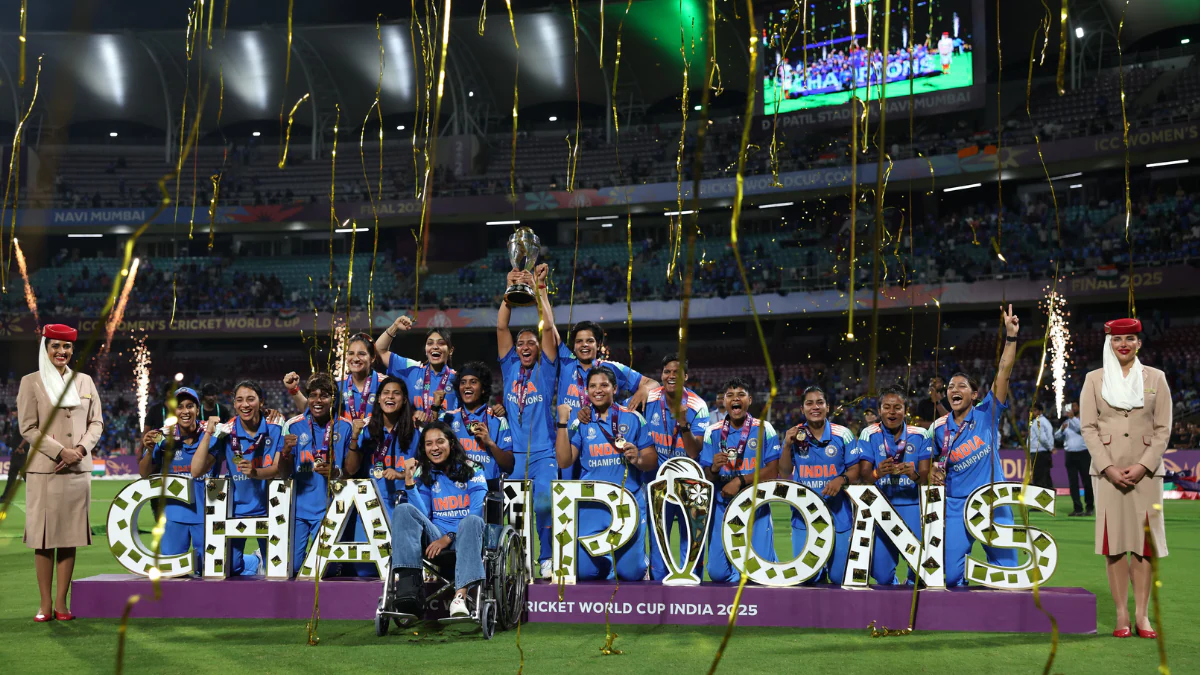
A Team of 16 Warriors: India’s Dream Squad
Behind the glittering trophy were 16 women whose individual journeys converged into a shared destiny.
- Harmanpreet Kaur — The Captain of Dreams
Runs: 168 | Average: 28.00
The Moga-born skipper, known for her power-hitting and calm aggression, became the first Indian woman to lift the World Cup. Her leadership — honed over years of heartbreak and resilience — has now turned into a legacy.
- Smriti Mandhana — The Elegant Enforcer
Runs: 434 | Average: 54.25 | 1 Century, 2 Fifties
India’s most consistent performer and vice-captain, Mandhana’s poise at the crease anchored every innings.
- Shafali Verma — The Firestarter
Runs: 289 | Average: 48.16 | Wickets: 2
The youngest spark in India’s line-up, her comeback story from exclusion to heroism embodies India’s fighting spirit.
- Jemimah Rodrigues — The Artist of the Middle Order
Runs: 275 | Average: 45.83
Hero of the semifinal against Australia, Jemimah’s timing and temperament steadied India’s innings whenever early wickets fell.
- Deepti Sharma — The Relentless All-Rounder
Wickets: 22 | Runs: 219 | Player of the Tournament
India’s backbone in both departments — calm, consistent, and clinical.
- Richa Ghosh — The Finisher
Runs: 257 | Average: 36.71 | Strike Rate: 133.52
India’s answer to the modern-day finisher, with explosive batting and razor-sharp glovework.
- Amanjot Kaur — The Silent Game-Changer
Runs: 104 | Average: 52.00 | Wickets: 3
Her direct hit in the final broke South Africa’s early momentum. Calm and confident under pressure.
- Renuka Singh Thakur — The Swing Queen
Wickets: 9 | Average: 34.11
With her late swing and sharp accuracy, Renuka provided crucial breakthroughs up front.
- Sneh Rana — The Steady Hand
Wickets: 7 | Average: 37.85
A fighter who made her comeback after injury, Sneh brought experience and control to India’s spin arsenal.
- Harleen Deol — The Fielding Icon
Runs: 104 | Average: 26.00
Her athleticism and iconic boundary catches made her a crowd favourite.
- Radha Yadav — The Spinner’s Spinner
Wickets: 6 | Average: 51.50
Reliable and economical, Radha’s spells often built the pressure that others capitalized on.
- N. Shree Charani — The Breakout Star
Wickets: 14 | Average: 27.64
The left-arm spinner from Andhra Pradesh became the first international woman cricketer from her district — a trailblazer in every sense.
- Arundhati Reddy — The Energetic Pacer
Wickets: 3 | Average: 43.66
Her energy and control in crucial overs offered balance to India’s bowling attack.
- Uma Chetry — The Future Keeper
Though she didn’t feature in a match, her presence symbolized India’s investment in youth and the future.
- Kranti Goud — The Steady Middle-Order Shield
Runs: 10 | Average: 5.00
Calm, composed, and consistent in domestic cricket, Kranti’s inclusion shows India’s growing depth.
- Pratika Rawal — The Unlucky Star
Runs: 179 | Average: 59.66
Ruled out before the semifinal, Pratika still celebrated in her wheelchair post-final — a moment that melted millions of hearts.
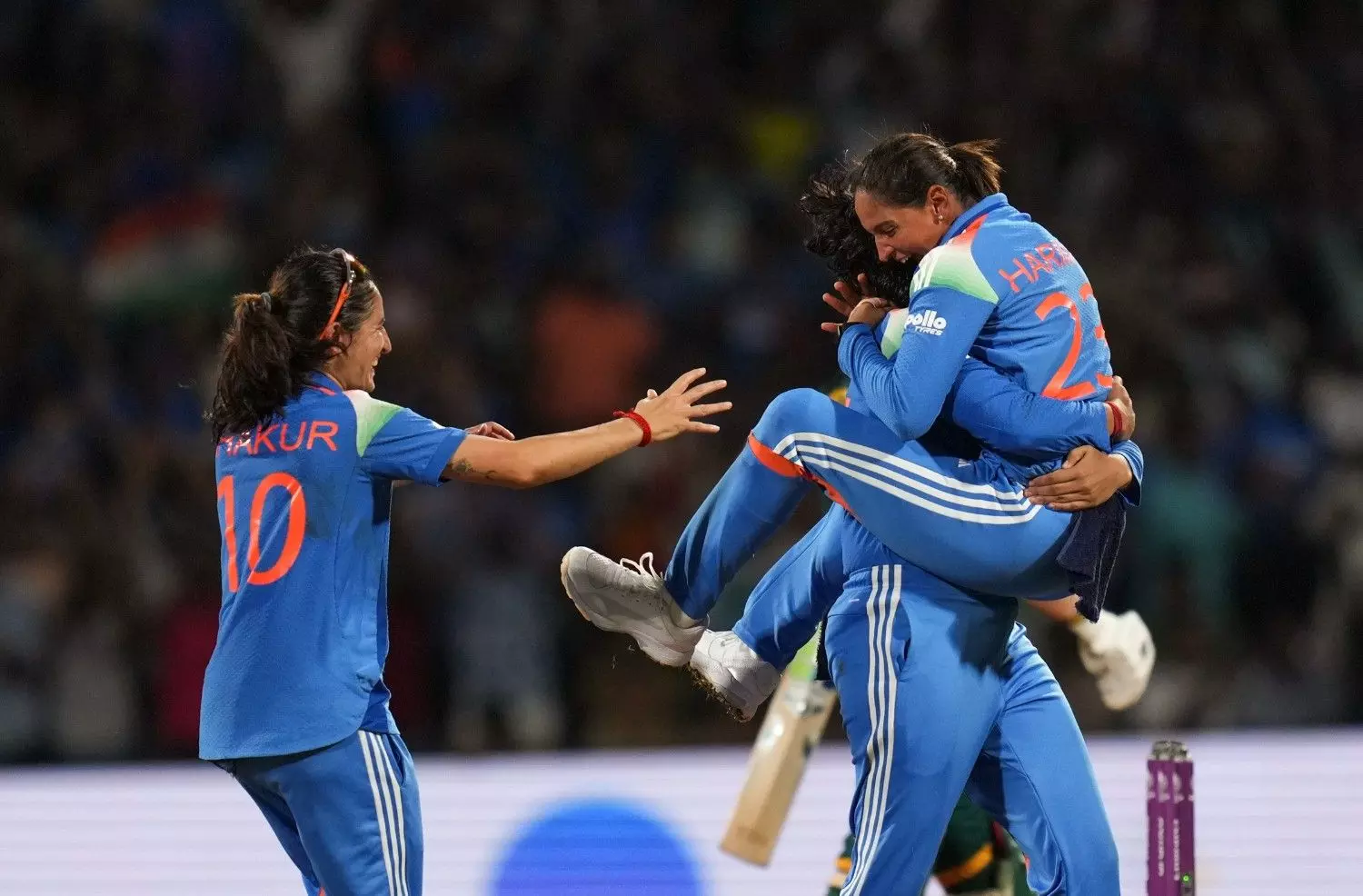
From Tears to Triumph: Inside India’s Emotional Celebration
As the final wicket fell, the emotion was overwhelming. Players fell to their knees; some cried, others hugged each other in disbelief. Even Pratika Rawal, injured and watching from the sidelines, rolled onto the field in her wheelchair — joining her teammates in tears of joy.
“It feels like a dream. We’ve worked so hard for this,” said an emotional Deepti Sharma, dedicating her Player of the Tournament trophy to her parents.
Amanjot Kaur, who has been through her own battles, summed it up beautifully:
“To be here again, as a world champion, it’s unbelievable. The energy, the crowd, the love — it’s something we’ll carry forever. This one’s for every woman, every girl who believed.”
Harmanpreet Kaur’s Defining Leadership
When Harmanpreet lifted the World Cup trophy from ICC chairman Jay Shah, the roar of the 50,000-strong crowd drowned out every other sound.
“Credit to every single member,” said the captain. “They stayed positive, focused, and gave everything day and night. This is just the beginning — we’ve broken the barrier, and now we want to make this consistent.”
She credited coach Amol Muzumdar and the BCCI for unwavering support and stability: “For two years, we’ve worked hard with Amol sir. The board believed in us. We wanted to make history — and we did.”

The Road That Changed Everything
India’s route to glory wasn’t easy. The team had stunned seven-time champions Australia in a dramatic semifinal — chasing down the highest target in Women’s ODI history. That win ignited belief.
By the time they reached the final, the mood was electric — not of nervousness, but quiet conviction. Against South Africa, they outplayed the opposition in all departments — batting, bowling, and fielding.
From Renuka’s swing, Charani’s spin, Mandhana’s poise, to Deepti’s brilliance, every player contributed to India’s most complete performance in recent memory.
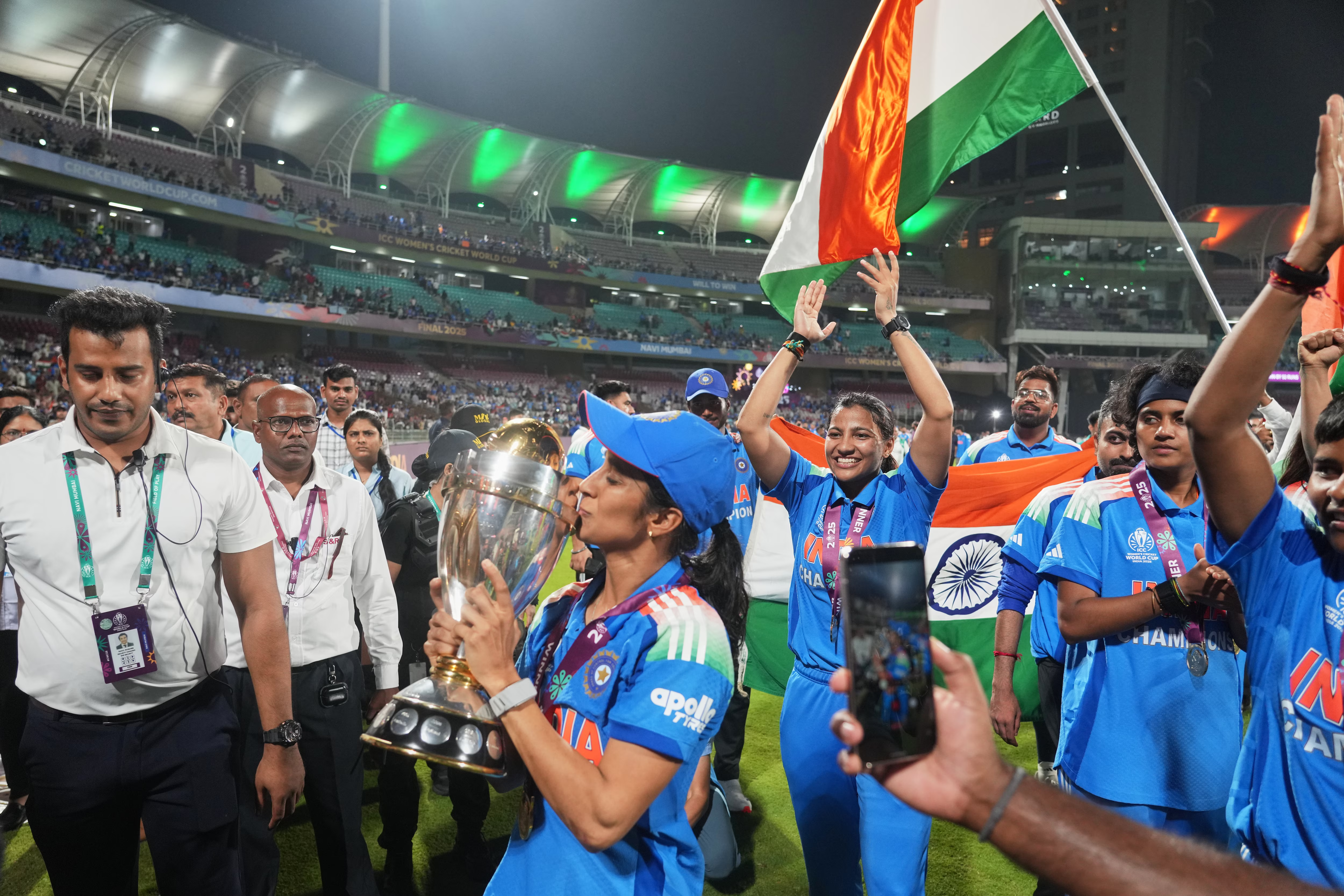
A New Dawn for Indian Women’s Cricket
This victory is not just about a trophy — it’s about breaking stereotypes, inspiring generations, and proving that women’s cricket in India deserves the same spotlight and reverence as the men’s game.
Much like Kapil Dev’s 1983 men’s team, Harmanpreet Kaur’s 2025 squad has triggered a cultural shift. Schools, academies, and sponsors are already calling it the “Wonder Women Effect.”
BCCI’s ₹51 crore reward underscores the changing landscape of women’s sport in India — one where talent, resilience, and determination are finally being recognized on the grandest stage.

India Are World Champions — and This Is Just the Beginning
The images from Navi Mumbai — tricolours waving, players crying, the crowd singing the national anthem in unison — will stay etched in memory forever.
As fireworks lit up the night sky, Harmanpreet Kaur and her warriors stood united, lifting the glittering trophy high — a symbol of how far they had come.
“Even after three losses, we always believed,” Harmanpreet said. “We wanted to break this barrier — and now we have. This is not the end. This is the start of a new chapter.”
India’s women have not only won a World Cup — they have won millions of hearts.
With inputs from agencies
Image Source: Multiple agencies
© Copyright 2025. All Rights Reserved. Powered by Vygr Media.





